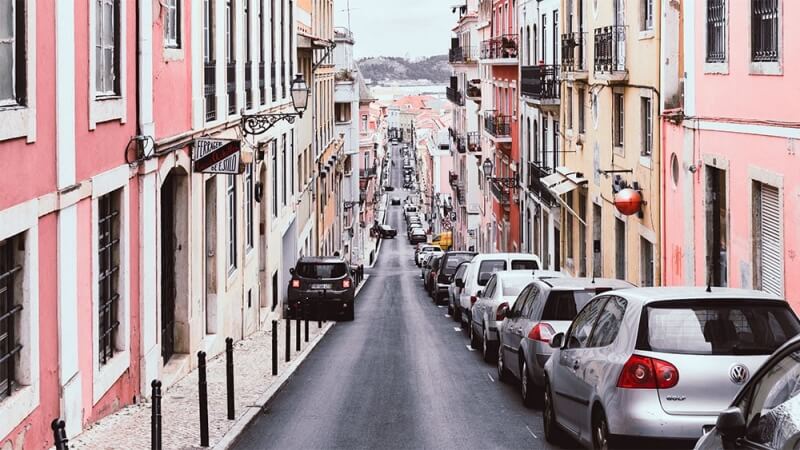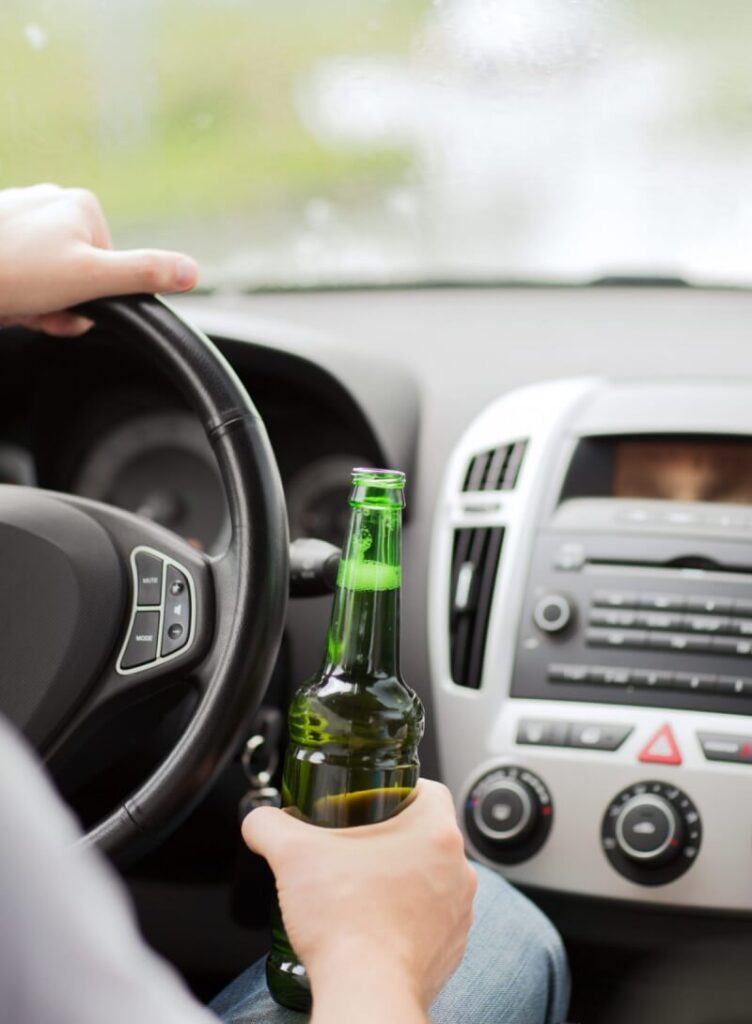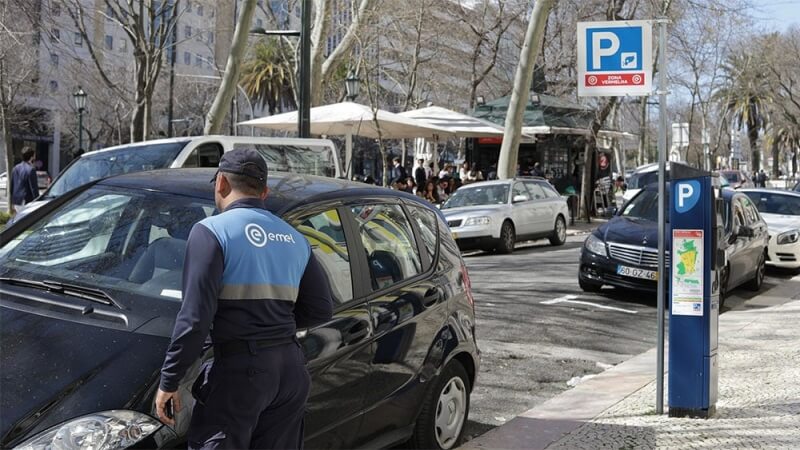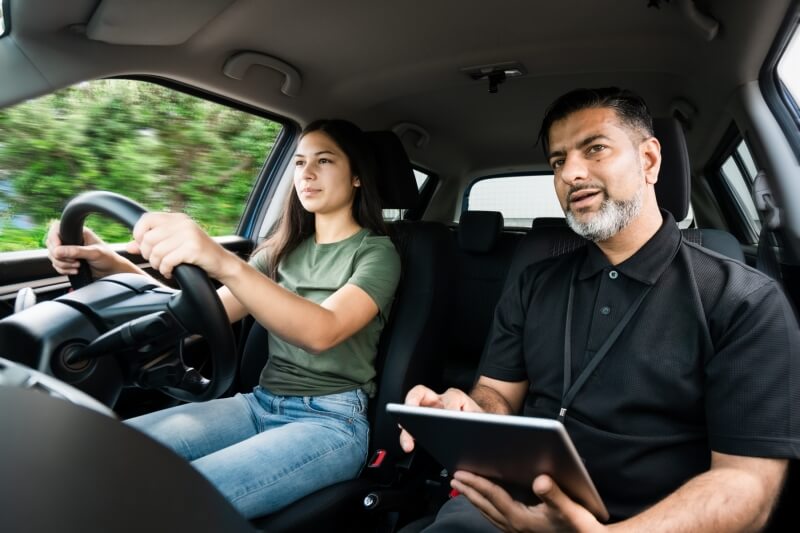Portugal is big and has much to offer, and driving is the best way to get around. The infamous country is famous for it’s public transportation but putting yourself behind the wheel on the magnificent roads is something else! However, before you hit the roads, you should know the road rules in Portugal. This article tells you what you need to know to drive legally and safely in Portugal, from the Rules and Regulations of the road to how to read traffic signs. It also talks about getting a Portuguese driver’s license to local laws or ensuring that what you don’t know doesn’t hurt you.
So then, let’s get this show going! This post is the only thing you need to know to drive in Portugal like a local. You’ll be ready to hit the road in no time at all.
Do You Need an International Driver’s License to Drive in Portugal?
Before you get behind the wheel in Portugal, there are a few things you should know. Do you need an international driver’s license? is a crucial question to ask. To legally drive a car in Portugal, you will need both your home country’s driver’s license and an international license. Anyone from outside the country who wants to drive across the country should know this.

Driving in Portugal for Non-eu Driver’s License Holders
For those more familiar with their home country’s traffic laws, driving in Portugal can be a bit of a shock. Drivers from outside the European Union (EU) should be aware of the local laws and make sure they follow them, since they are strictly enforced.
Drivers from countries outside of the European Union must first get an International Driving Permit before they can legally drive a car in Portugal (IDP). License holders from other European Union countries can drive to Portugal without an IDP for up to 180 days per year. Drivers from outside the EU, on the other hand, need the document or they risk having their license taken away or being fined.

Drivers from other countries should also learn about Portugal’s complicated traffic rules. Even during the day, if you have to get out of your car on the side of the road, wear a bright vest. In Portugal, everyone who drives needs a driver’s license and paperwork to show that their car is registered.
International drivers can make sure their trip to Portugal is safe and fun by learning the rules of the road before they leave home and following them at all times when they are behind the wheel.
Driving Rules and Regulations in Portugal
Know the rules and laws of driving in Portugal before you get behind the wheel. Portugal has strict rules about how to use the road to keep everyone safe and cut down on potential dangers.
Road Etiquette
In Portugal, you drive on the right and pass on the left. On a straight road that is not a multilane highway, it is against the law to pass on the right.
At intersections with no stop signs or traffic lights and on roundabouts, cars coming from the right have the right of way. At red lights, you can’t turn right. Only when the green arrow is flashing can you turn right.
At a stop sign, you must come to a full stop. If you don’t follow the rules, you could be fined up to €2,500. The driver and everyone in the front seats must always wear seatbelts. Even when hands-free, headphones and cell phones are not allowed.

It is twice as dangerous to cross a double white line as a single white line. If there is a white line in your way and you need to turn left, you must go to the next exit on the right, make a U-turn, and then go back the way you came until you reach the exit you need.
In some parts of Portugal, all cars except the ones with the least pollution are banned. Still, each town has its own rules for how to define these zones, so it’s best to buy or rent a low-emission car for the easiest travel.
Speed Limits
Since Portugal uses the same metric system as the rest of the world, distances and speeds are measured in kilometers instead of miles. Here are the fastest speeds that are allowed,
- 50 km/h on the streets and sidewalks of a city
- On country roads, the maximum speed is 90 km/h
- Keep your speed between 100 and 20 kph on freeways and highways

Speed limits are shown by round, white road signs with a red ring and the speed limit written in black in the middle. Also, they are often painted white right on the sidewalk.
Outside of cities, there aren’t many sidewalks, so people have to use the road to get around. Don’t trust them. In rural areas, you can often see sheep and cows. Don’t drive too close behind them. Instead, drive at the same speed as them and wait for them to turn.
Alcohol Limits
In Portugal, wine is served with almost every meal, and the local liquors are stronger than you might think. There are frequent police checks, and the legal limit for how much alcohol you can drink is low. Don’t think that the police will be nice to you. The best way to stay out of trouble is to choose a sober driver for the day.
0.5 grams of alcohol per 1 liter of blood is the limit. There are serious consequences for going over the speed limit. But depending on your age, weight, and gender, one big glass of beer or wine may be enough to keep you just under the limit. No matter what, drug use will not be okay.

As many Portuguese police officers carry mobile credit card terminals, fines can be paid without cash right there on the street. All people who drive in Portugal must also have a valid International Driving Permit. You must always carry both your regular driver’s license and this special permission, which you can only get before you leave your home country.
Don’t risk getting in trouble with the law if you don’t know how to drive in Portugal before you go there, whether for a day trip or a longer stay.
Parking in Portugal
If you want to drive to Portugal, you should learn the rules for driving and parking there. In Portugal, there are rules about where you can and can’t park, so it’s important to know the rules. For example, if you can’t park in a certain spot, you should always look for signs that say so.

It’s important to remember that parking rules and restrictions can vary from one city or town to another. For example, in Lisbon, cars with Portuguese license plates can park in blue zones for up to two hours if they buy a ticket from a machine by the road. In some towns, only people who live there can park in certain areas, so it’s important to know the rules before you leave your car alone.
In addition to the rules about where you can park, there are also fines for parking illegally. In general, you should pay attention to all signs so you don’t get a ticket or have your car taken away.
Lastly, keep in mind that if you need to park for a long time, many cities have options for paid parking. People often buy tickets for these events at ticket kiosks or by downloading them onto their phones. This is a good option for people who need to leave their cars for a long time because you only pay for the time your car has been there, not for the whole day.
How to Get a Driving License in Portugal?
To drive legally in Portugal, you need to know the rules of the road and the paperwork you need to fill out to get a driver’s license. So, how hard is it to get a license to drive in Portugal?
Anyone over 18 can get a Portuguese driver’s license as long as they have proof of who they are, where they live, how much education they have, and a medical certificate. It’s not just the written test, though. Drivers also have to show they know how to drive.

Lessons and Tests to get a Driver's License
Before you can get behind the wheel, you have to go to driving school. You’ll have to take driving classes and pass the knowledge and skills tests for the type of license you want.
When you’re done with the courses you need to take first, the driving school will sign you up for the tests to get your license. You need to do well on both the written test and the driving test to get a driver’s license.
English Lessons and Tests
Make sure to tell the driving school that you want your training and the theory test to be done in English when you sign up.
The driving school will usually ask you to schedule the theory test at the Institute of Mobility and Transport (IMT) or a private testing center, where a translator will be present. When exchanging a foreign license for a Portuguese one, for example, the test can sometimes be taken on its own.
At this time, only questions in the AM, A1, A2, A, B1, and B categories will be translated.
Driving Test Centers and Accredited Schools
On the IMT website, you may be able to find the locations of driving schools in Portugal. The website also has a list of training providers that have been approved by both the IMT and the NRSA.
And then, you can either take your driving test at an IMT testing center or at a private testing center.

Mandatory Medical Exams to Prove that a Person is Fit to Drive
In Portugal, you can’t get a license until you show an electronic medical certificate that says you’re healthy enough to drive. The doctor then sends their report to the Institute of Mobility and Transport.
You must also show a certificate and report out of a licensed psychologist saying that you are mentally fit to drive a car. Applicants must give the driving school a report and certificate from a licensed psychologist who did a psychological exam.
Driving License Validity
Depending on the type of license, drivers must renew their permits every few years, starting at a certain age. Whether or not a person needs to renew a license depends on the type of license they have and when they got it.
Drivers can rest easy knowing that they won’t have to brush up on their Portuguese because they can take the written test online. Also, people who want to drive can make an appointment for their road test with one of several regional traffic departments or a nationally known driving school.

If a person passes both tests, they will get a temporary license that is good for 12 months. Before they can apply for a permanent driver’s license, they have to go to a certified driving school for at least 24 hours of training behind the wheel.
At first, it might seem like a lot to do all of these things, but if you stick to them, you’ll be able to drive legally and safely.
Conclusion
If you know the rules and laws, driving in Portugal can be an exciting and rewarding experience. For a trip to go well and be fun, you need to know how to drive in Portugal. Drive safely by following the posted speed limits, following traffic laws, and having all the necessary paperwork with you.
Drive carefully and always keep an eye on what’s going on around you. If you remember these tips, you’ll be able to drive in Portugal with full confidence.





